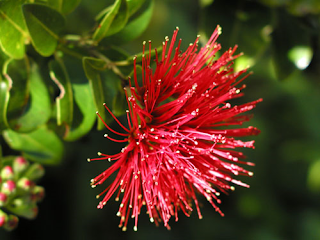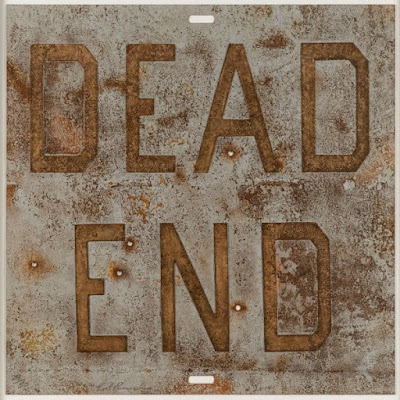Introduction

The Lehua Gallery Welcome to the gallery where words are read, pictures are seen and art is felt. Located on the Big Island of Hawaii where even on an island, through art, the world can come to you. My Husband and are a part of a small group of local art collectors called the Art Inklings. We opened a small gallery in the country side of Waimea 15 years ago in hopes of sharing some of our passion with the community. We cycle through various exhibits, a mixture of local independent artists as well as prominent assemblages such as this one. This collection has been a collaboration with other groups across the nation and we are honored to share it with you. Please enjoy.





